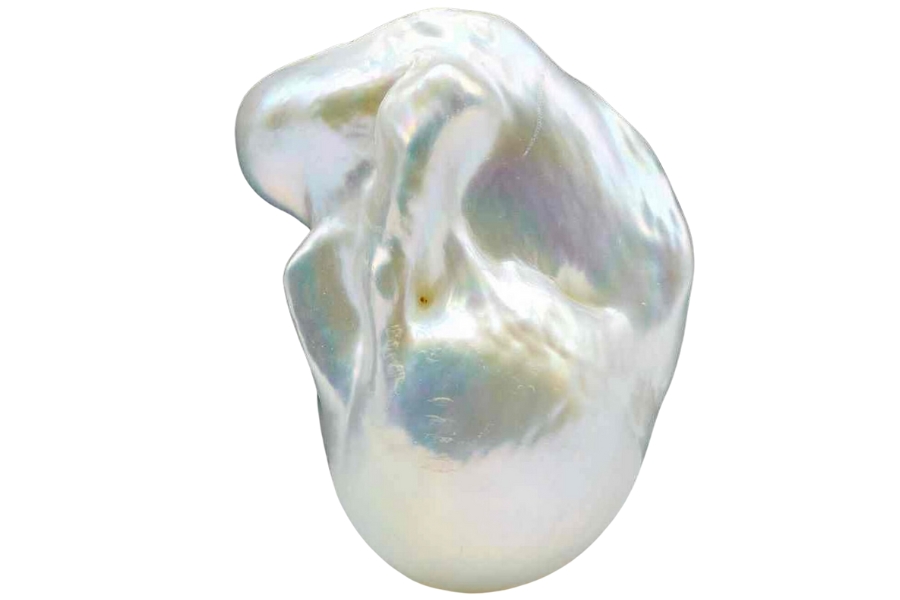Pearls have a timeless beauty, but knowing if they’re real or fake can be a bit of a mystery. Many pearls look similar at first glance, but there are several ways to tell them apart.
This skill is handy if you love jewelry or are considering buying pearls. Our upcoming article will guide you through the fascinating world of pearls. We’ll share secrets and techniques jewelers use to distinguish real pearls from imitations.
Whether you have a pearl necklace inherited from your grandma or are planning to buy one, this article will give you the knowledge to identify genuine pearls. Get ready to become a pearl expert!
Understanding Natural Pearls And Why Fakes Are Common

Pearls are really special gems that come from the sea. They form inside oysters or mussels when a tiny piece of sand or another object enters the shell.
The oyster covers this irritant with layers of a shiny substance called nacre, and over time, this builds up to create a pearl. Pearls differ from other gems because they come from living creatures and are not cut or polished to reveal their beauty.
They have a unique glow, called luster, that makes them look like they’re shining from within. Pearls are often used in jewelry like necklaces, earrings, and bracelets. They’re popular because each pearl is unique, and they have a classic, elegant look.
They can range in color from white to black and many shades in between, adding to their appeal. Pearls are valuable for a few reasons. First, natural pearls are rare since not every oyster will make a pearl, which takes a long time to form.
Also, pearls are delicate and need special care, which makes them more special. People have loved and treasured pearls for centuries, symbolizing wealth and beauty.
Why you’re seeing more fake pearl these days
Real pearls are hard to find and cost a lot. They take a long time to form naturally in oysters and mussels, and even then, not every oyster will make a pearl. Because of this, there are not many real pearls on the market.
To meet the high demand for pearls in jewelry, companies make fake pearls that look like real ones but are much cheaper and easier to make. They use plastic, glass, and other things.
How To Identify Real Pearl
Finding a hidden treasure is like figuring out if a pearl is real or fake. Real pearls have unique qualities that make them stand out, like their shine, texture, and small flaws.
In this section, we will look at easy but effective ways to tell the difference between real and fake pearls, so you can be sure you are getting the real thing.
We know it’s hard to identify what rocks you have, so we have made it easy for you by giving you guides to rocks and minerals from every state.
When you learn more about a pearl, you not only make a smart purchase, but you also value and enjoy its beauty more.
Luster check
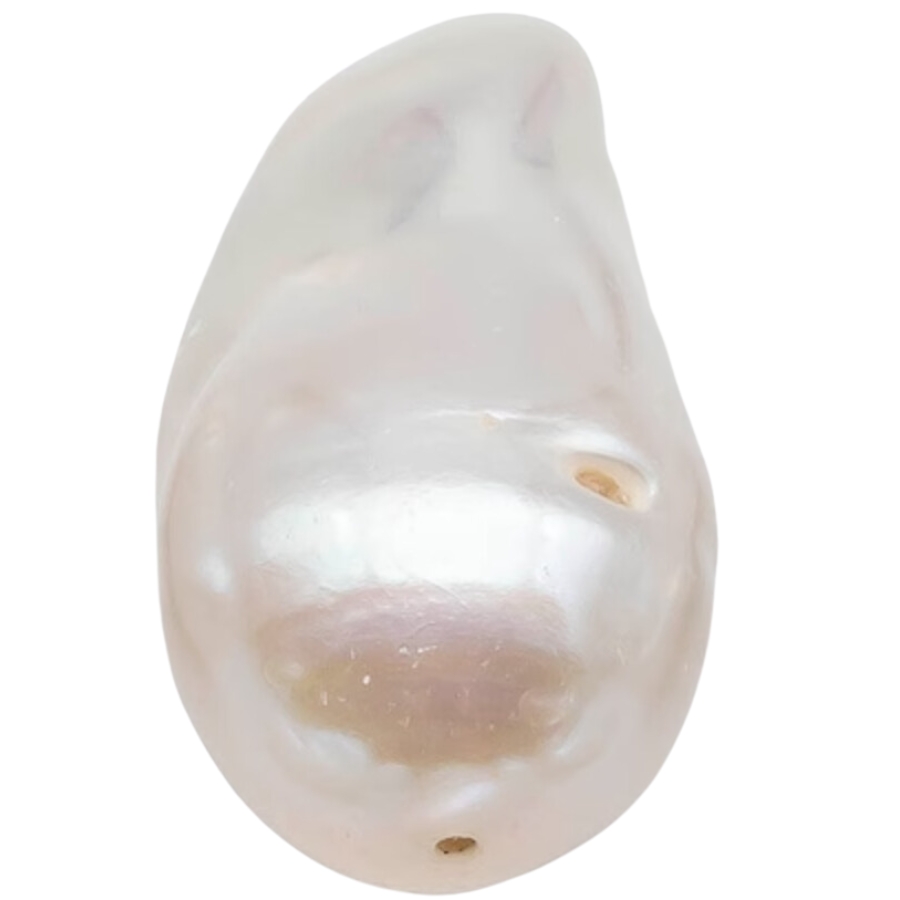
You can see if a pearl is real by looking at its luster. Luster is how shiny and bright a pearl looks. Real pearls have a deep, rich luster that makes them look glowing.
To see if a pearl is real, hold it to a light and look for a shiny surface that reflects light beautifully. This shine should be on the surface and deep into the pearl.
When you move a real pearl around in the light, its shine changes slightly, showing different colors.
Fake pearls often just have a surface shine. They may look shiny but not have the warm, deep glow that real pearls do. The shine on fake pearls may also look uneven or like a simple gloss coat.
A fake pearl usually does not change colors when you turn it, but real pearls might. This test is not perfect, but it’s a great way to determine if a pearl is real.
Remember that real pearls have a special, deep shine that is hard to miss once you know what to look for!
Examine the texture
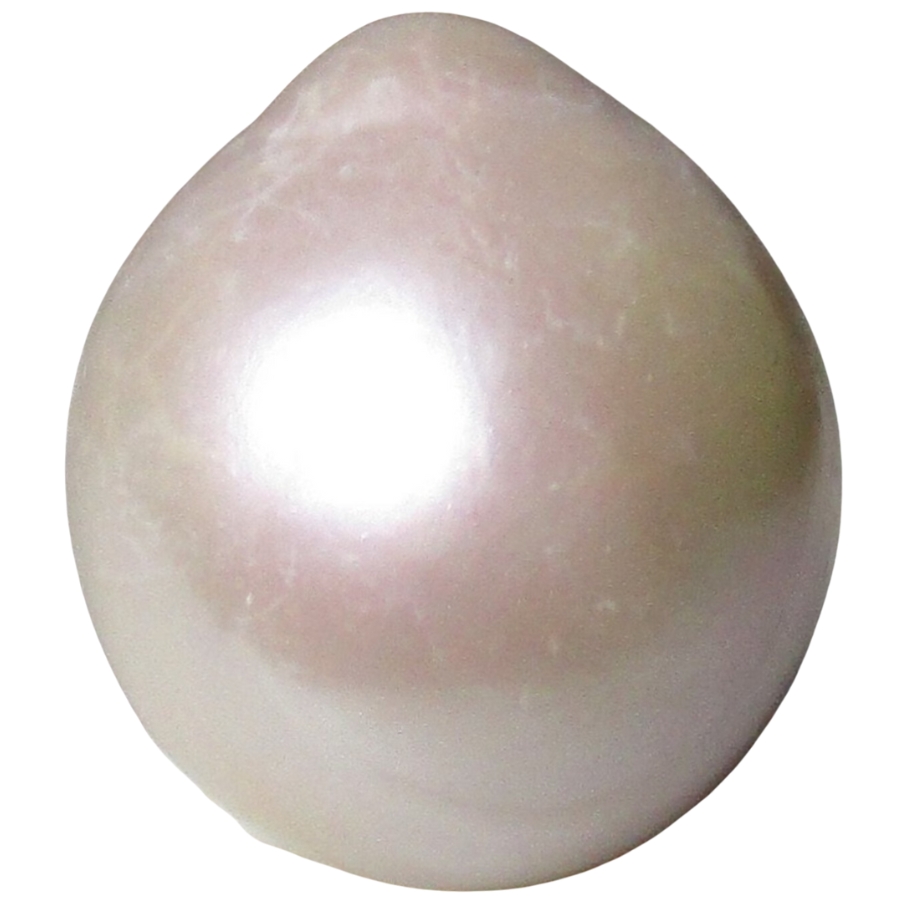
You can tell if a pearl is real by feeling the texture. Real pearls do not feel completely smooth like glass or plastic. Instead, they feel a little rough, like fine sandpaper.
This is because real pearls are made of many layers of nacre, a natural substance that forms inside an oyster over time.
To check the texture, rub the pearl lightly against the edge of your front teeth. Do not bite it; just lightly rub it. If the pearl feels a bit gritty or sandy, it’s probably real. This is because of the nacre layers.
If the pearl slides off easily and feels smooth, it might not be real. Fake pearls are often made to look perfect and have a smooth coating, so they will not have that natural grittiness.
Take a close look at the pearl, maybe with a magnifying glass. The surface of real pearls often has small bumps or other flaws. This is not the best test, but when used with others, like the luster test, it can really help you tell if a pearl is real.
Remember that real pearls are not perfect; they have the little quirks that make them unique!
Shape and size
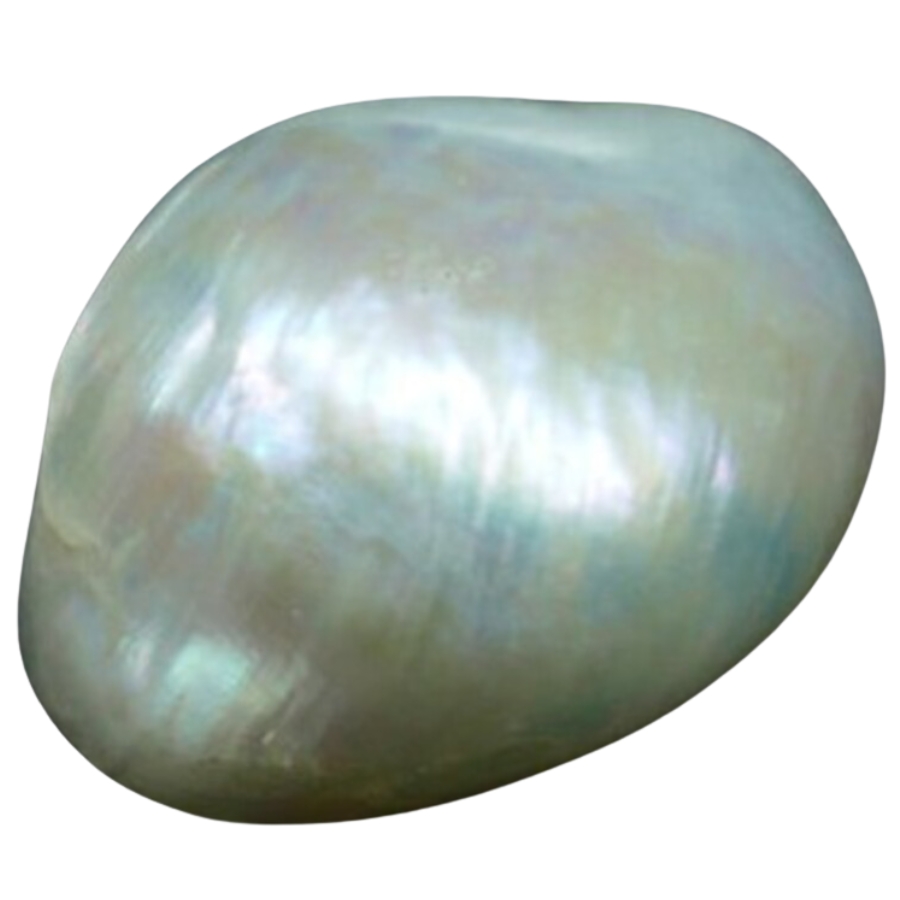
If you want to know if a pearl is real, it is best to look at its shape and size. Since oysters are living things, they do not make every pearl the same. Because of this, real pearls usually have small differences in shape and size.
For example, some may be mostly round, but not perfectly round like marbles. Some may be a bit oval or have small bumps. These small differences are signs that the pearls are real.
However, if you have a string of pearls and every single one looks the same, like it was made by a machine, they may not be real. This is because fake pearls are often made in a factory where the shape and size can be easily controlled.
Check the pearls’ sizes as well. In a real pearl necklace, the pearls may be slightly different sizes, but in a fake one, they are usually all the same size.
This is not a foolproof method, but by looking at the shape, size, texture, and luster, you can get a good idea of whether the pearls are real or not.
Temperature check
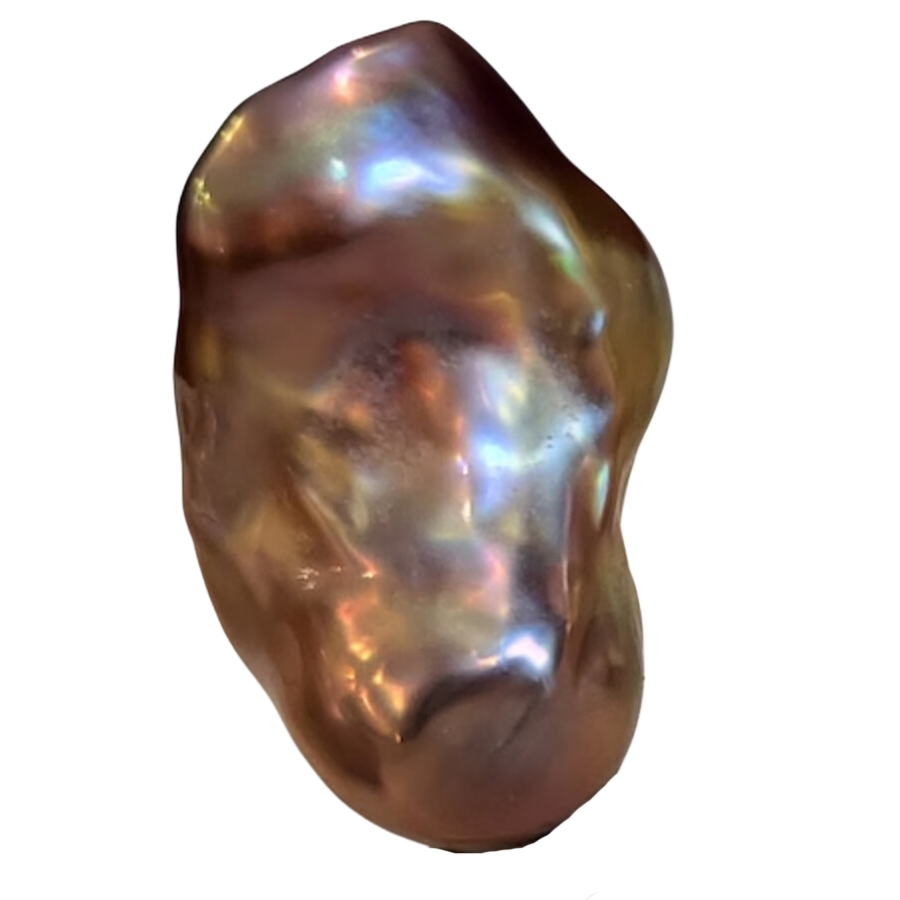
When you touch a real pearl for the first time, it should feel cool. This is because they are made of natural materials, which react to temperature differently than man-made materials.
To test this, put a pearl gently against your cheek or the inside of your wrist. A real pearl should feel cool initially, even if it’s warm around you.
When you hold a real pearl for a while, it should start to feel warmer. This is because the pearl is warming up from your body heat. Fake pearls, especially ones made of plastic or glass, do not change temperature much.
Depending on the room temperature, they might feel warm or cold, but they will not feel cool at first and then warm up like real pearls do.
Weight comparison
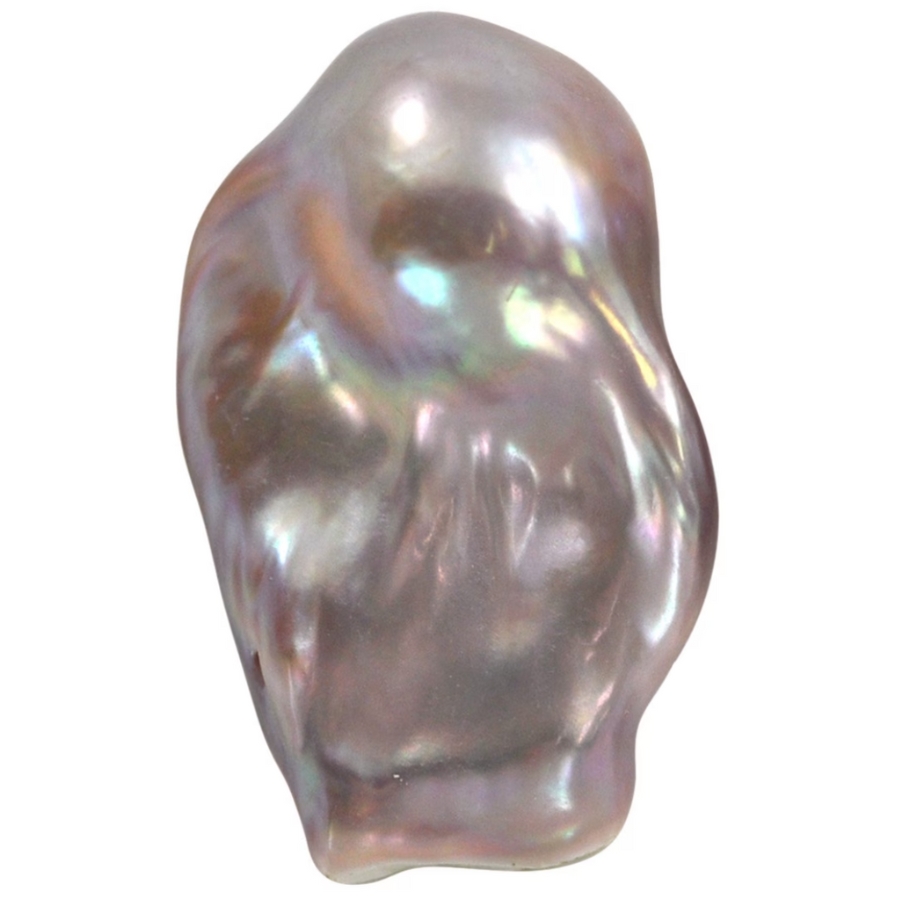
A good way to tell if a pearl is real or fake is to compare its weight. Real pearls have a certain weight because they are made of layers of nacre, which form over time inside an oyster and make them feel heavier for size.
To test it, hold the pearl in your hand; it should feel solid and have some weight. You can tell the difference between a real pearl and a fake one because fake pearls are usually made of plastic or glass, which do not feel as heavy as real pearls.
Plastic pearls feel lighter and more hollow, while glass pearls might be heavy but not in the same way as real pearls. If you can, hold the pearl you are testing next to a real pearl. This will help you feel the difference more clearly.
A real pearl will have a certain density and heft to it. It’s not just about how heavy it is, but also how it feels in your hand. Remember, real pearls have a special feel to them that’s hard to copy!
The Different Types Of Fake Pearl And What They Look Like
There are different kinds of fake pearls, and each one looks and feels different. They all try to look and feel like real pearls, but their weight, texture, and shine can tell them apart. We will go over each type in more depth below.
Ceramic Pearl
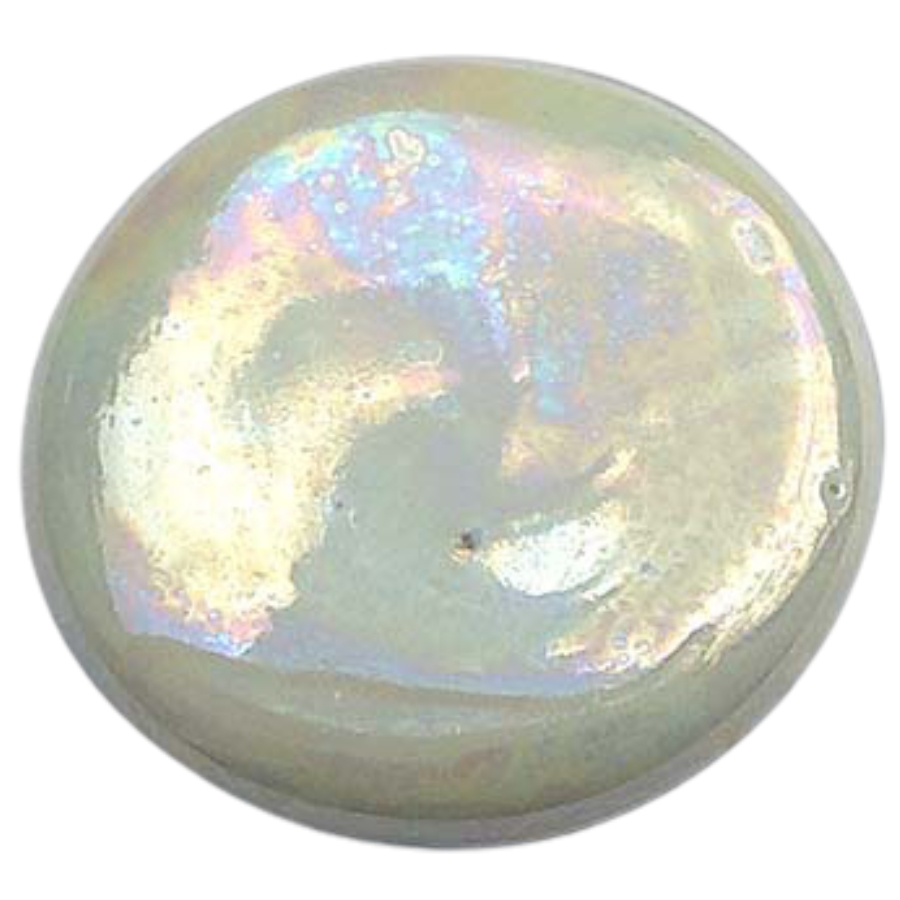
Ceramic pearls are made from a type of clay baked in a kiln, which is a super hot oven. This makes the pearls hard and gives them a shiny finish. To make them look more like real pearls, they are often covered in a paint or lacquer that gives them a pearly shine.
This is what gives them their pearly look. They can then be dyed different colors to look like different kinds of real pearls. Some people like these ceramic pearls because they are not as expensive as real pearls but still look nice.
They can be used to make necklaces, bracelets, earrings, and other jewelry. Since they are not as valuable as real pearls, they are a good choice for fun, trendy jewelry that does not cost too much.
Even though they are not real, they can still look classy and beautiful in well-made pieces.
How you can identify “ceramic pearl” being sold as real pearl
Check the weight
Ceramic pearls are heavier than real pearls. If the pearls feel solid and heavy for their size, they might be ceramic.
Look at the surface
Real pearls have a unique, deep luster that seems to glow from within. Ceramic pearls, however, often have a surface shine that looks more painted on and lacks depth.
Uniformity test
Real pearls usually have slight imperfections and variations in shape and size. If the pearls are perfectly identical and flawless, they are likely ceramic.
Composite Pearl
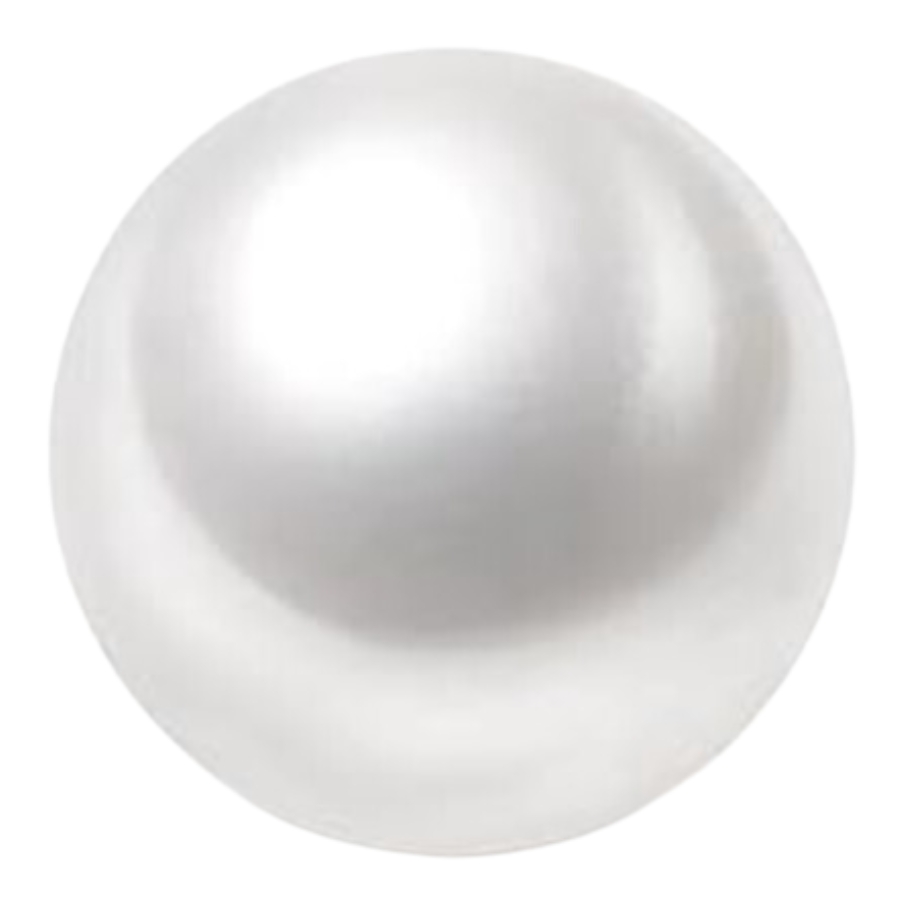
Mixed organic and inorganic materials are used to make composite pearls. They begin with a small bead or core, which is usually made of plastic or glass.
Next, they cover this bead with a mixture that often has fish scales or other shiny materials in it. This mixture is what gives the pearl its shiny, pearl-like surface.
The coating is usually very thin and is meant to look like the nacre of real pearls, which is the shiny layer that forms naturally in oysters.
These fake pearls are mostly used in jewelry, like necklaces, bracelets, and earrings. People like them because they kind of look like real pearls but are much cheaper to make and buy.
They are good for fashion jewelry because they let people get pretty pieces that look like pearls without spending a lot of money. They are not as valuable or long-lasting as real pearls, but they still add a nice shine to all kinds of jewelry.
How you can identify “composite pearl” being sold as real pearl
Check the drill holes
Look closely at the holes where the pearls are strung. Composite pearls often have flaking or chipping around these holes, unlike real pearls, which have cleaner, smoother drilled holes.
Feel for flaws
Real pearls usually have small imperfections or irregularities. Composite pearls tend to be too perfect, with a consistently smooth surface that lacks these natural flaws.
Surface shine test
Composite pearls often have a shiny coating that can look too glossy or plastic-like. Real pearls have a softer, more natural glow that changes subtly in different lights.
Glass Pearl
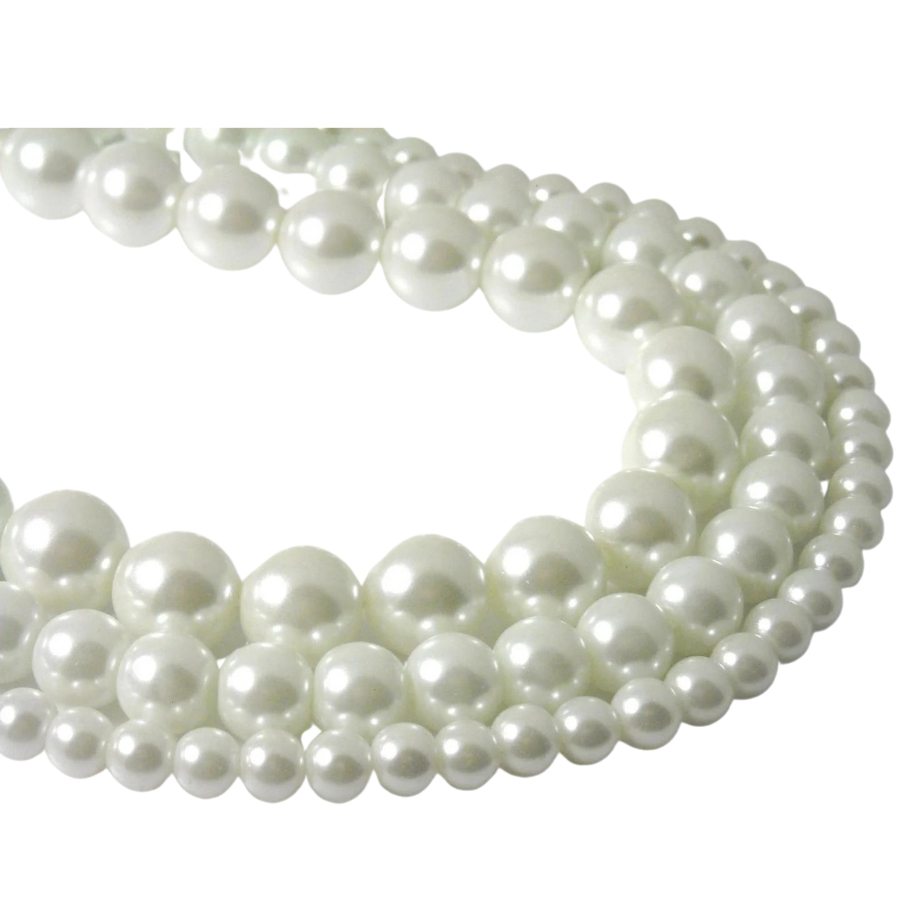
Starting with a small glass bead, which is the pearl’s core, they coat it with pearl essence, a shiny substance made from fish scales.
This coating gives glass pearls their pearl-like color and shine, and they can add different layers of it to get the right look. They often add another layer to protect the pearl after the essence.
This layer makes the pearl stronger so it does not break or scratch as easily, which is important because these pearls are used to make jewelry like chains, bracelets, and earrings.
Glass pearls are popular because they let people wear delicate jewelry that looks like pearls without having to pay the high price of real pearls. They are a stylish and affordable way to enjoy the beauty of pearls.
How you can identify “glass pearl” being sold as real pearl
Examine the surface
Real pearls have a gentle, deep luster, but glass pearls often have a high shine that looks more artificial and glass-like.
Test the weight
Glass pearls are usually heavier than real pearls. If the pearls feel surprisingly heavy for their size, they might be made of glass.
Uniformity check
Real pearls have slight variations in shape and size because they’re natural. Glass pearls, on the other hand, are often perfectly round and identical, which is a clue that they’re not real.
Plastic Pearl
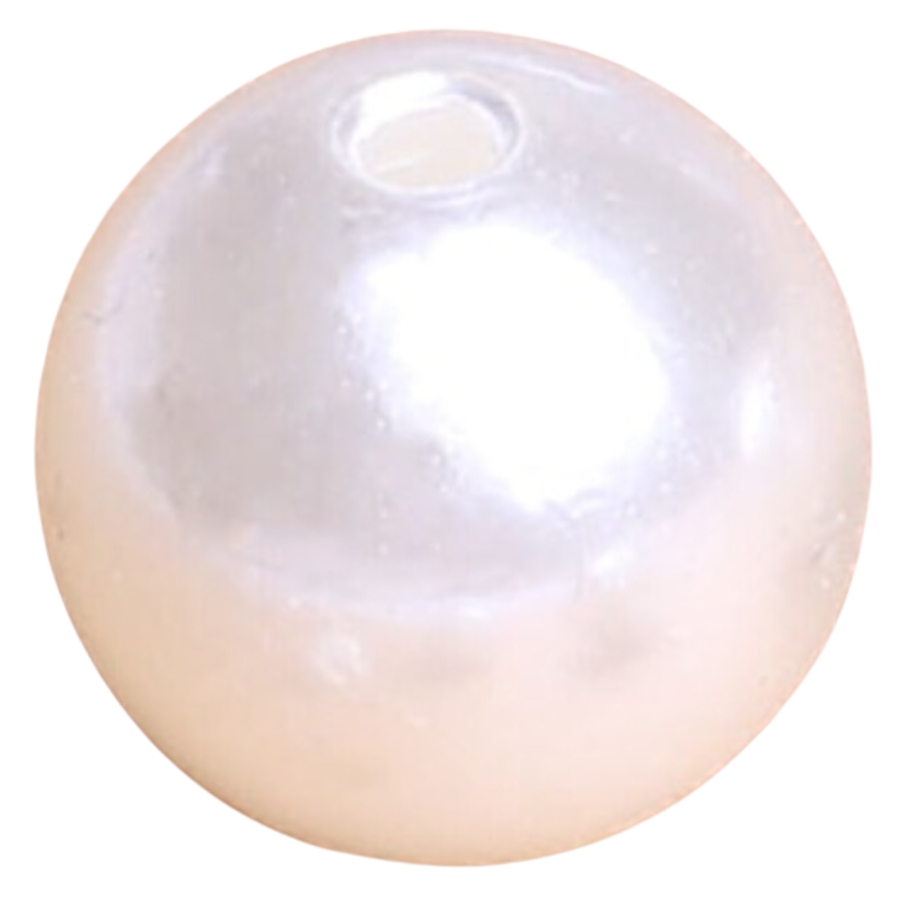
Plastic pearls are made in a way that’s totally different from real pearls. They start by using a small plastic bead as the core. This bead is the base of the pearl.
Then comes the interesting part: they coat this plastic bead with something that makes it look shiny, like a real pearl. This coating is usually a kind of paint or lacquer designed to mimic a real pearl’s luster.
Plastic pearls may get another layer after the coating. This extra layer protects the pearl and ensures it does not scratch or break easily. This step is important because plastic pearls are often used in jewelry like chains, bracelets, and earrings.
Plastic pearls are very popular in fashion jewelry because they are easy to make and do not cost much. They come in many colors and sizes, so they can be used in a lot of different jewelry styles.
How you can identify “plastic pearl” being sold as real pearl
Lightweight feel
Plastic pearls are much lighter than real pearls. If the pearls feel really light and almost hollow, they’re probably plastic.
Shiny surface
Check how the pearls shine. Plastic pearls often have an overly shiny, almost toy-like appearance, unlike the subtle, deep glow of real pearls.
Temperature check
Real pearls feel cool to the touch at first and then warm up. Plastic pearls usually feel the same temperature as the surrounding air and don’t change much when you hold them.
Shell Pearl
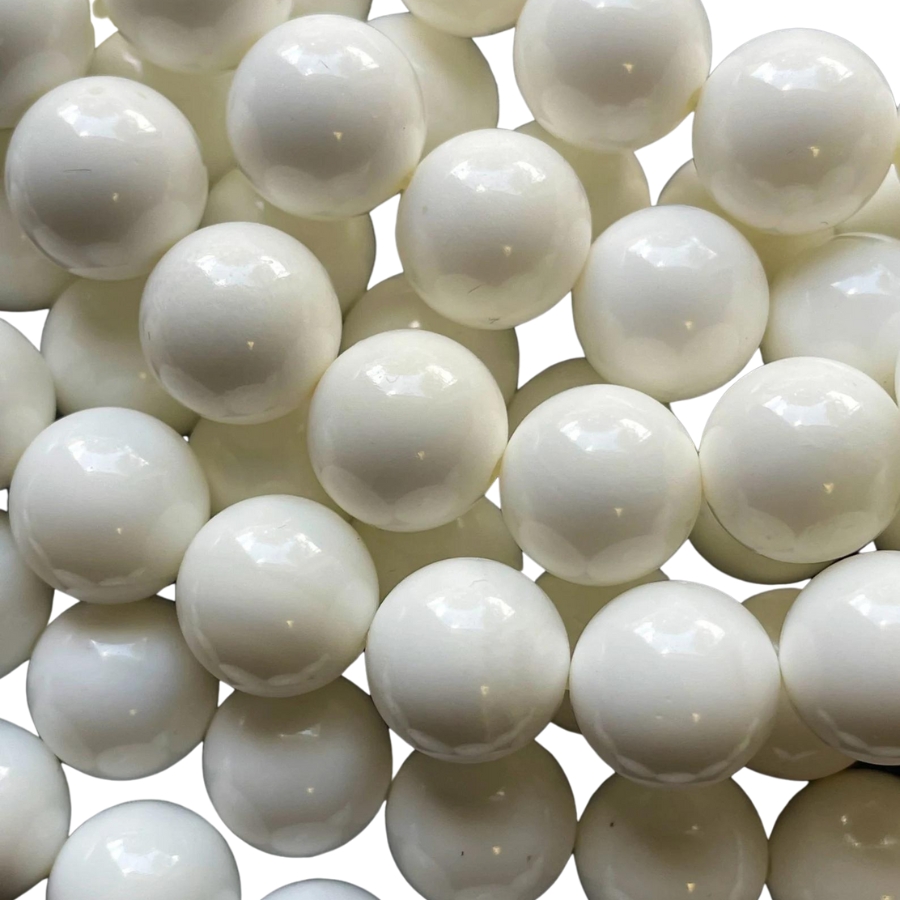
The inside lining of oyster shells, which is called mother-of-pearl, is used to make shell pearls. This material is very shiny and looks like a pearl. It is then ground up into a powder.
The next step is to mix this powder with other things to make a paste. This paste can be shaped into any size of beads, which are the core of the shell pearl.
Once the beads are made, they are dipped in a solution that makes them look even more shiny and smooth, like real pearls.
When the beads are dry, they may be given a few more coats of color or shine to make them look just right. Sometimes, a final protective coat is added to make the pearls harder and last longer.
With shell pearls, you can look like a princess without spending a lot of money. Plus, because they are cheaper, you can wear them around without thinking too much about breaking them. They are great for making any outfit look more classy.
How you can identify “shell pearl” being sold as real pearl
Color consistency
Look at the color of each pearl. Real pearls have subtle variations in color and luster, but shell pearls often have a very consistent, uniform color which can be a giveaway that they’re not real.
Surface texture
When you touch shell pearls, they might feel smoother than real pearls. Real pearls have a slight grittiness to them, while shell pearls are often polished to be very smooth.
Uniform appearance
Shell pearls are often too perfect looking. They usually have exactly the same size and shape, which is rare in real pearls that have natural variations.
How To Tell If Pearl Is Real Vs Fake
In this section, we’ll dive into the key differences between real and fake pearls, exploring various tests and observations you can make. You will learn how to confidently identify the authenticity of pearls in your collection or while shopping.
How To Identify Fake Pearl When It’s Cut Or Polished
When looking at cut or polished pearls, it can be hard to tell if they are real or fake. We’ll help you know what to look for in cut or polished pearls to help you distinguish between them. We’ll examine the clues hidden in the pearl’s layers, core, and luster.
Check the layers
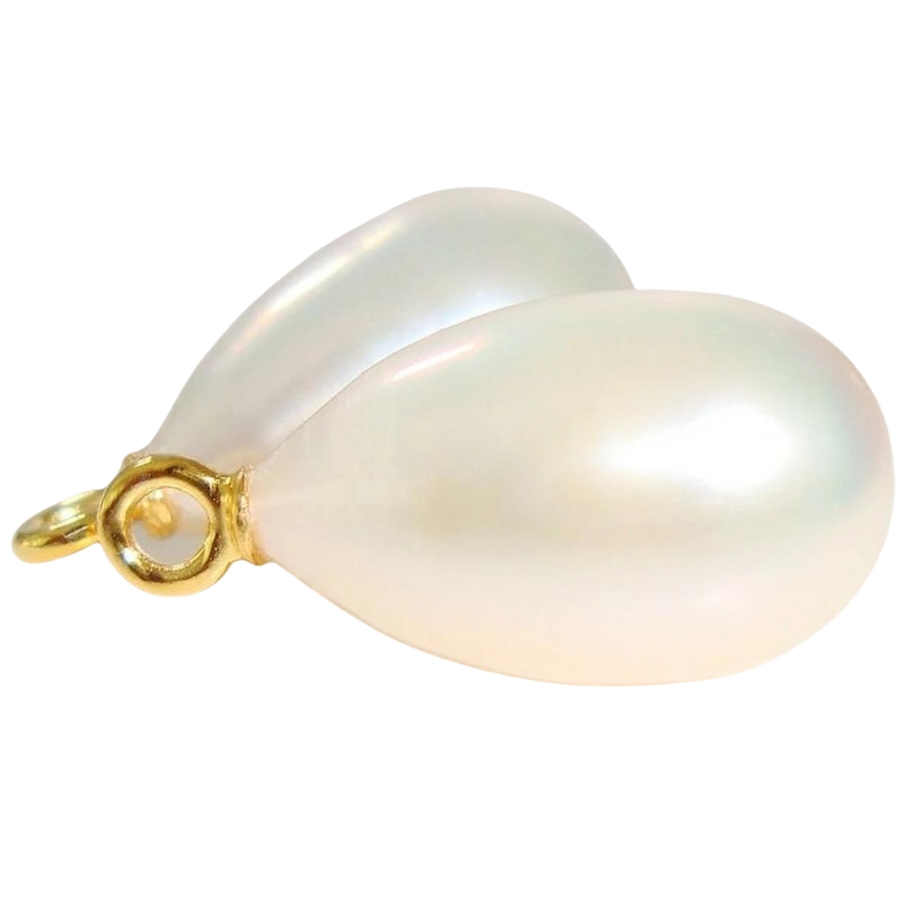
One of the best ways to tell if a pearl is real or fake is by looking at its layers. Real pearls comprise many thin layers of nacre, giving them their color and shine.
If you look closely at a cut real pearl, you will see these layers overlapping, making it look like it has thin, shiny rings inside it. On the other hand, a fake pearl will not have these natural layers.
A fake pearl usually only has a solid core, mainly made of plastic or glass, and a thin coating on the outside to make it look shiny. This coating can peel off, especially if the pearl is cut.
If you see a pearl with a solid inside and no thin layers, or if the coating is peeling off and showing a different material underneath, it’s probably not a real pearl. This method is a pretty neat way to help you spot a fake pearl and learn more about how pearls are made!
Examine the core
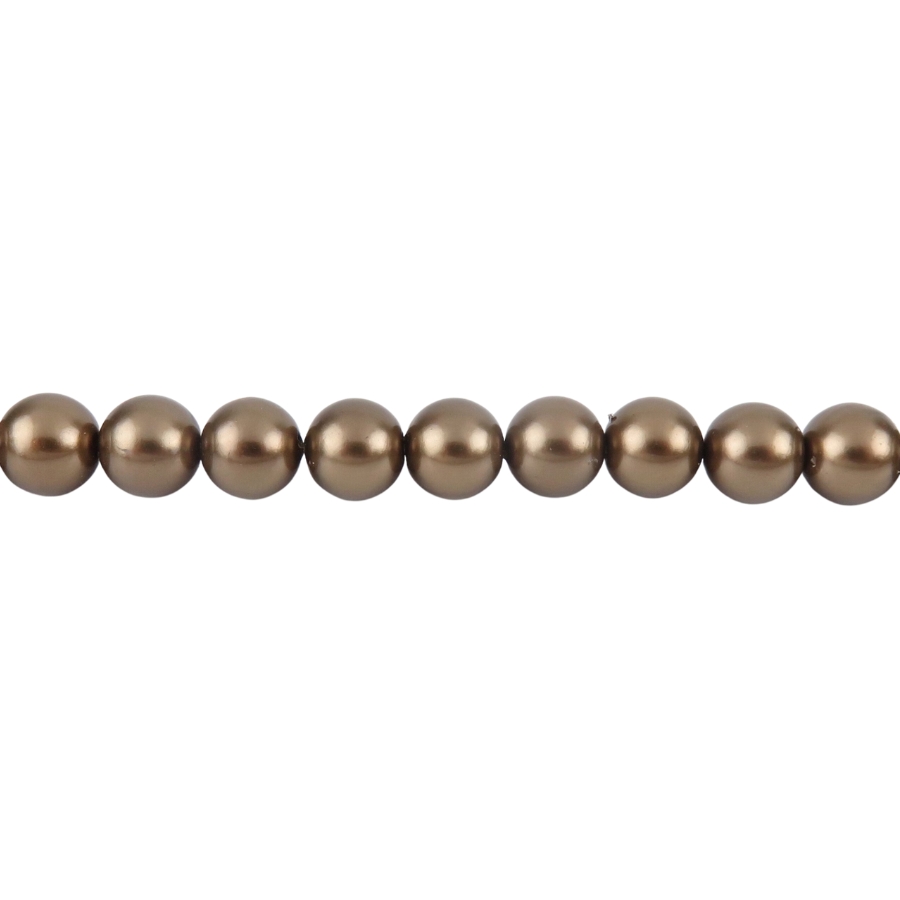
If you were able to look inside a real pearl, you would see that it is essentially the same throughout, with layers of nacre and a shiny exterior. Oysters layer nacre over a small amount of sand or another irritant to create a real pearl.
To determine whether a cut and polished pearl is real or fake, you can look inside it. In most cases, fake pearls have an outer layer and a core that are different from each other.
If you cut open a real pearl and notice that the inside appears different—like plastic, glass, or some other material—you can be pretty sure it is a fake.
In some cases, the fake outer layer may even be peeling away from the core, which is a major red flag.
Observe the luster inside
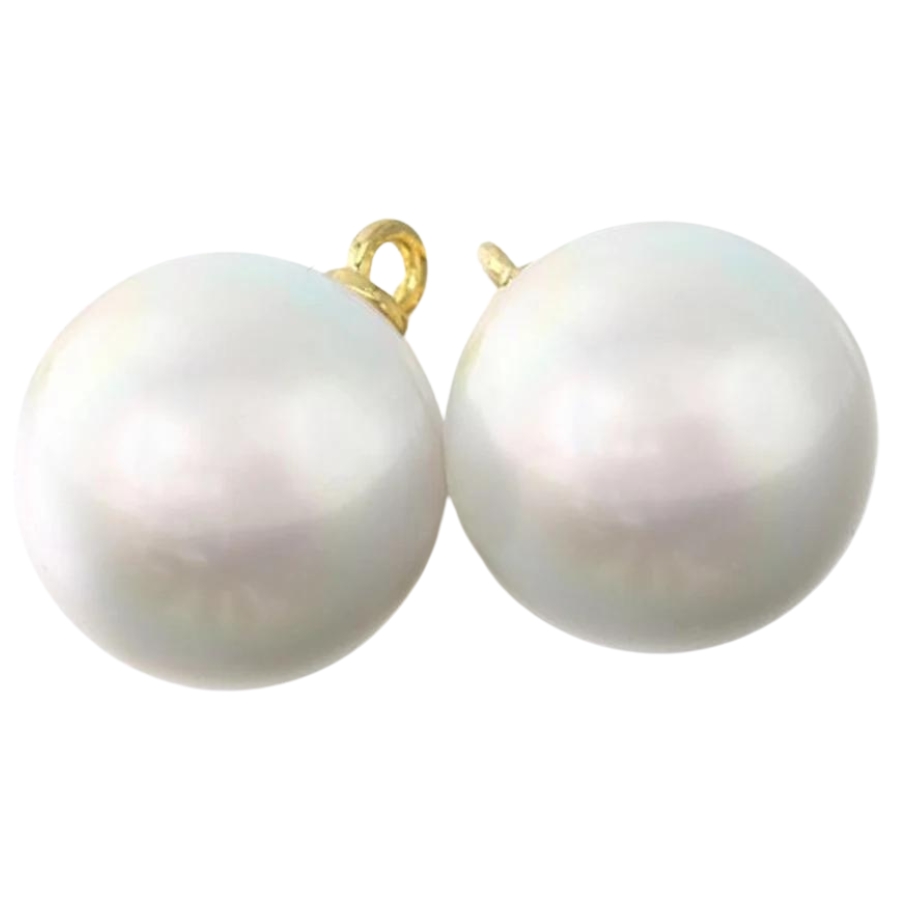
Real pearls have a deep, rich luster that seems to glow from the inside; when you look at a real pearl, even when it is cut, the luster is consistent all the way through. It’s as though the shine comes from each layer inside the pearl.
Based on this observation, you can determine whether a pearl is real or fake, especially when it is cut and polished.
How To Identify Fake Pearl When It’s Raw
Finding fake pearls in their natural, unprocessed state can be tricky, but it is important to be able to do so if you want to know if your jewelry is real.
We’ll talk about ways to tell the difference between real and fake pearls in their natural state. We will focus on methods that are the most important signs of a pearl’s authenticity.
Luster and shine
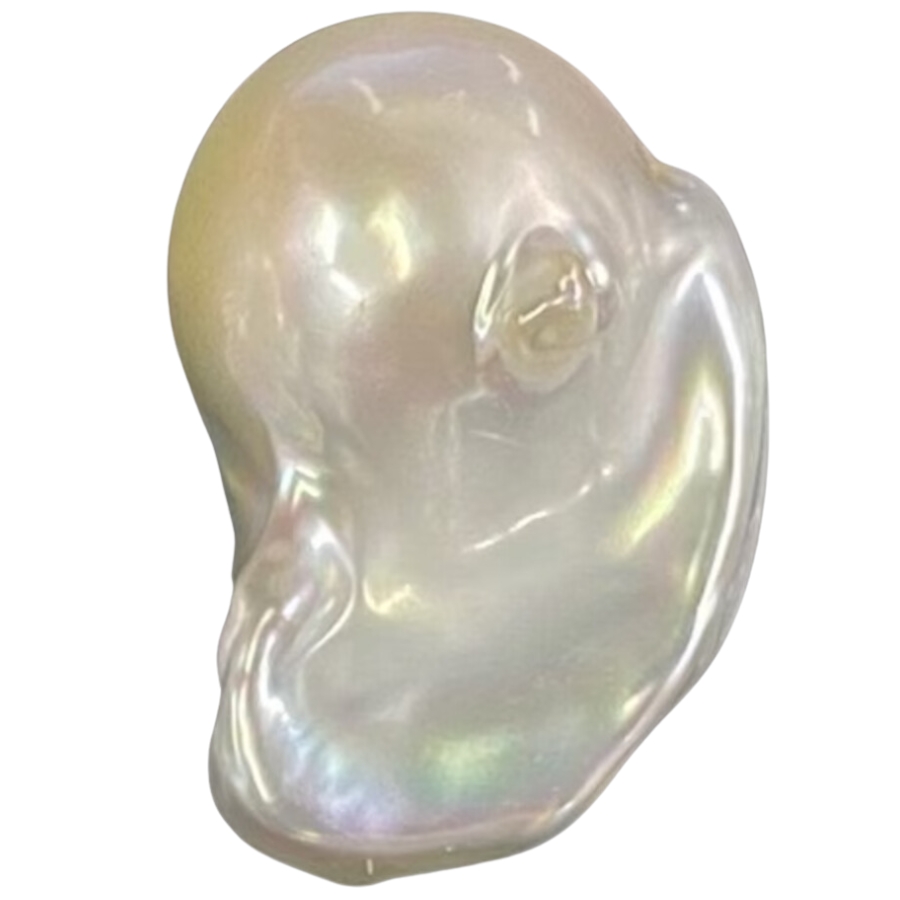
Luster and shine are important ways to tell if a raw pearl is real or fake. Luster is how the pearl shines and reflects light.
Real pearls have a unique shine that makes them look like they are glowing from the inside out. It’s not just on the surface. They look like the whole pearl is glowing.
The shine on fake pearls is usually only on the surface. They may look very shiny, but they do not have the deep, rich glow that real pearls have. The shine on a fake pearl may look more like it was painted on.
Also, real pearls’ shine changes a little when you move them around in the light. But fake pearls’ shine stays the same no matter how you turn them.
Surface smoothness
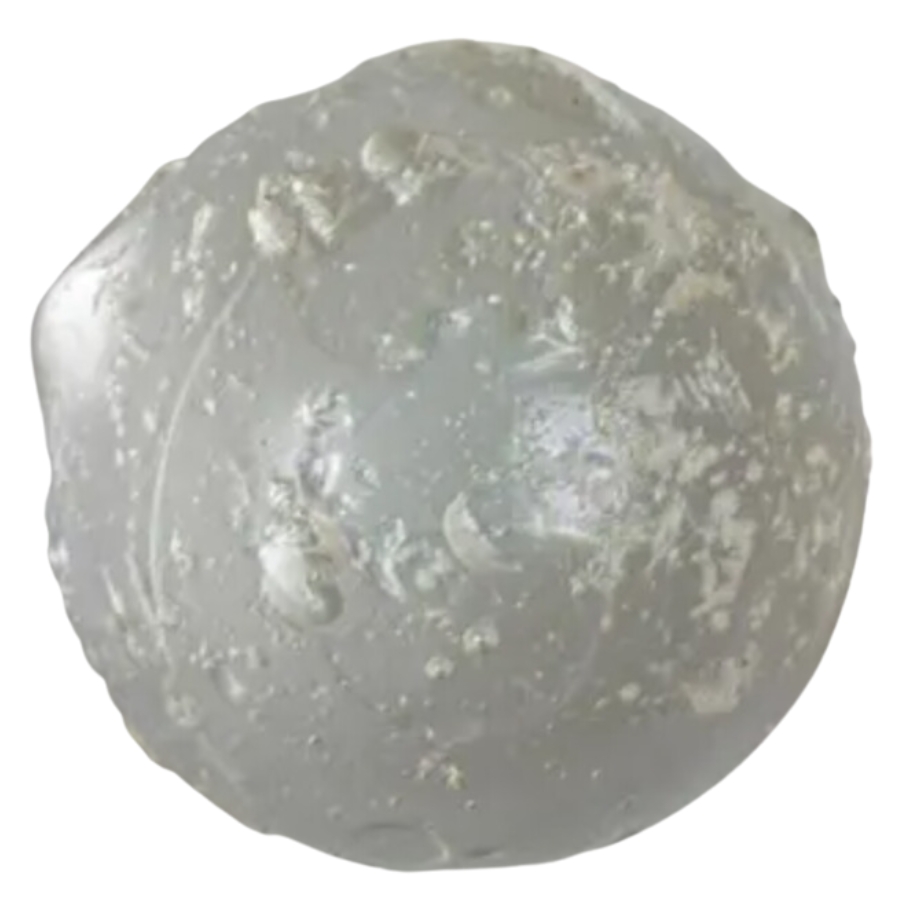
You can tell if a raw pearl is real or fake by the way it feels. Real pearls do not feel completely smooth; they have a bit of a gritty or sandy texture. This is because real pearls are made up of layers of nacre, a natural substance that is rough.
Fake pearls are often made from smooth materials like plastic or glass, which do not have that natural texture.
If you touch a pearl and it feels completely smooth, like glass or plastic, it might not be real. If it has a slight roughness to it, it might be real.
This is not the only test you should use, but it’s a good place to start.
Evaluate the weight
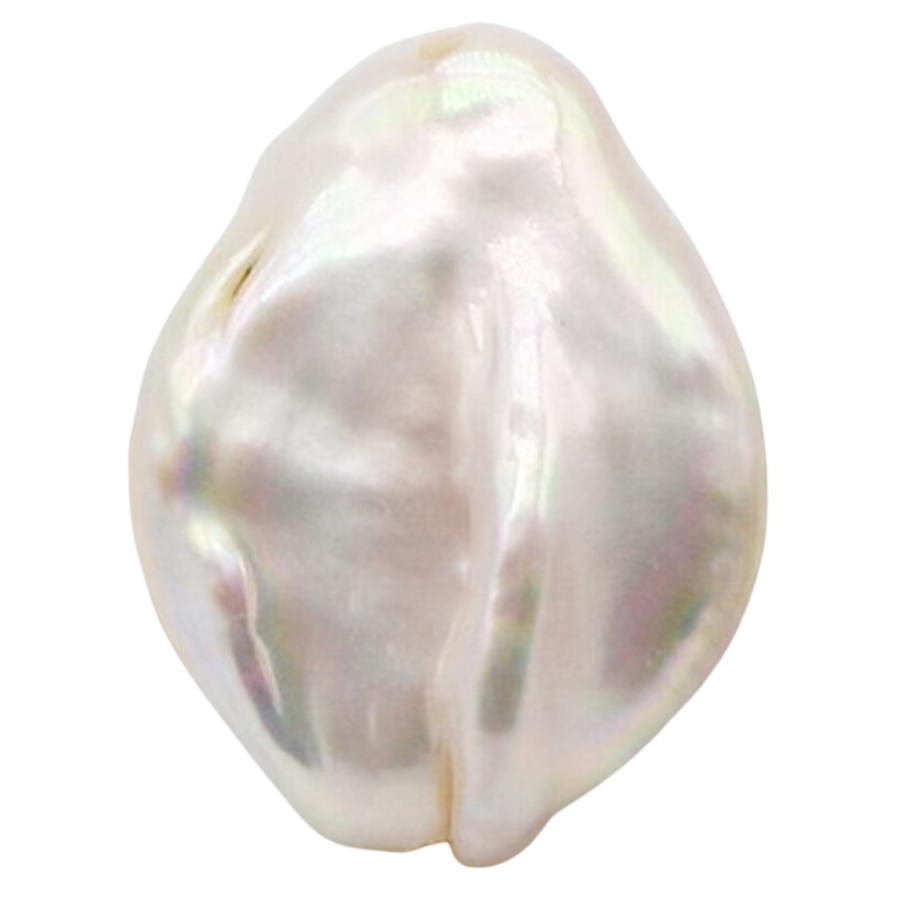
One great way to tell if a raw pearl is real or fake is to feel how heavy it is. Oysters make real pearls by building them up layer by layer with nacre, which makes them feel heavier and more solid for their size.
A real pearl will feel like it has some weight when you hold it. When you pick up a raw pearl, try to feel how heavy it is. If it feels light or hollow, it probably is not a real pearl. But if it feels heavy and dense, it might be.
Some fake pearls may be made to look heavy to trick you, but this test is a good start. You can get a better idea of whether a pearl is real or fake by testing other factors as well.

